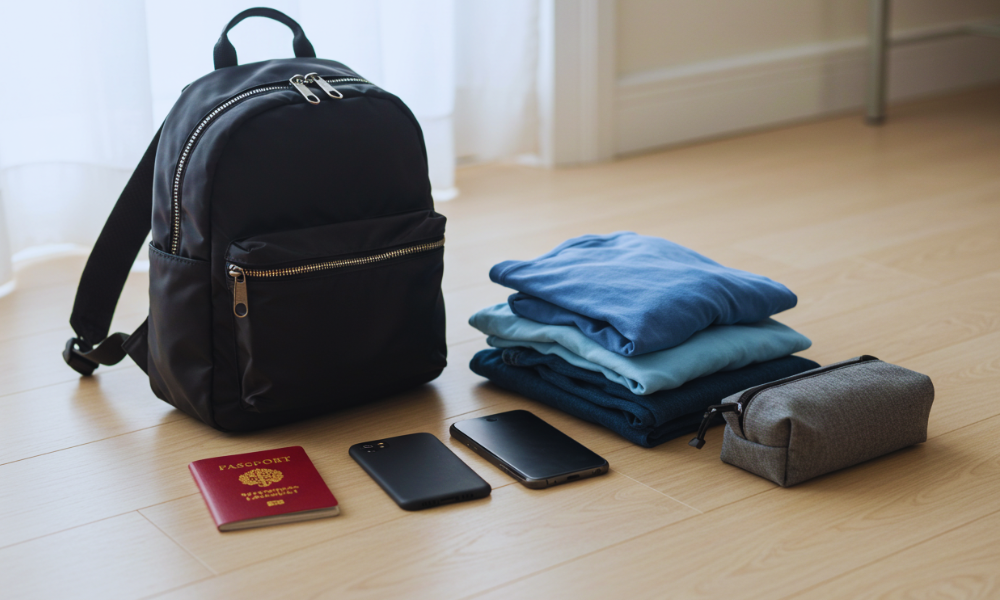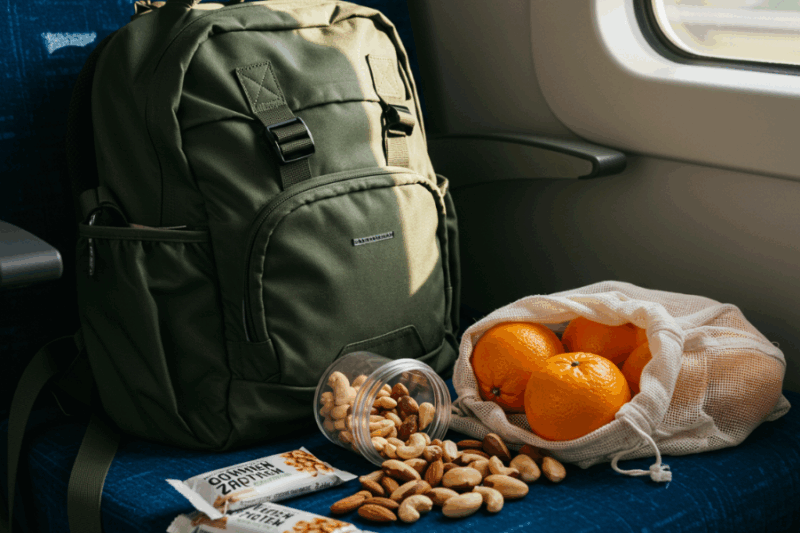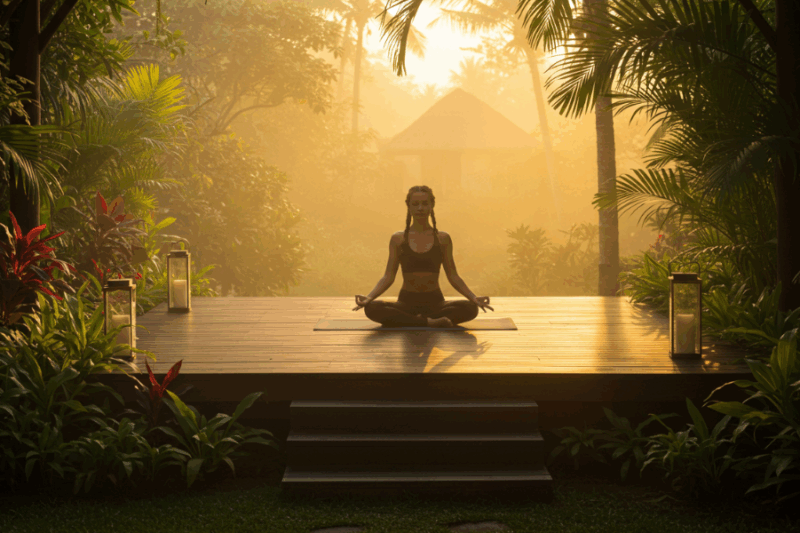Minimalist living, the practice of intentionally reducing possessions and focusing on what truly matters, has gained traction as a lifestyle choice for those seeking simplicity and freedom. Beyond its benefits at home, minimalism can transform the way you travel, making it easier, cheaper, and more enjoyable. By embracing a minimalist mindset, travelers can shed physical and mental baggage, streamline their journeys, and focus on experiences over material things. In this blog post, we’ll explore how minimalist living enhances travel, offering practical tips to help you hit the road with less stress and more savings.

The Freedom of Traveling Light
One of the most immediate ways minimalism simplifies travel is by encouraging you to pack light. Traditional travelers often lug around heavy suitcases filled with “just in case” items, only to use a fraction of what they bring. Minimalist travelers, however, prioritize versatility and necessity, packing only what they need for the journey. A capsule wardrobe—consisting of a few mix-and-match clothing items—reduces luggage to a single carry-on bag, eliminating checked baggage fees and the hassle of waiting at baggage claim.
Traveling with a carry-on also makes you more mobile. You can hop on public transportation, navigate crowded streets, or switch accommodations without struggling with cumbersome luggage. For example, a backpack with essentials like three outfits, a pair of shoes, and minimal toiletries can suffice for a week-long trip or even longer. This approach not only saves money on airline fees (which can range from $30 to $100 per checked bag) but also reduces the mental load of managing multiple items. The freedom to move unencumbered allows you to focus on exploring your destination rather than wrestling with your belongings.
Financial Savings Through Minimalism
Minimalist living cuts travel costs in several ways. First, by owning fewer possessions, you’re less likely to spend money on things like storage units or high-maintenance items while you’re away. A minimalist home is typically low-maintenance, requiring little upkeep, which means you can travel without worrying about ongoing expenses back home. For instance, someone with a cluttered house might need to pay for cleaning services or repairs during a trip, while a minimalist’s streamlined space requires minimal attention.
Second, minimalism encourages mindful spending, both at home and on the road. By adopting a habit of questioning purchases (“Do I really need this?”), you’re less likely to splurge on unnecessary souvenirs or overpriced tourist traps. Instead, you might prioritize free or low-cost experiences, like hiking, visiting public parks, or attending local festivals. This mindset also extends to accommodations. Minimalists often opt for budget-friendly options like hostels, Airbnb rentals, or even house-sitting, which can be free in exchange for basic responsibilities like pet care.
Finally, minimalist travelers are more open to alternative travel styles, such as slow travel or digital nomadism, which can stretch your budget further. By staying in one place longer, you can negotiate better rates on accommodations, cook your own meals, and live like a local, avoiding the inflated costs of short-term tourist stays. For example, renting an apartment for a month in a city like Lisbon can cost less per day than a hotel room for a week, saving hundreds of dollars while deepening your cultural experience.
Simplifying Travel Planning
Minimalism isn’t just about physical possessions—it’s a mindset that simplifies decision-making, including travel planning. A minimalist approach to travel means focusing on what’s essential: a clear purpose for the trip, a few key activities, and flexibility to adapt. Instead of cramming your itinerary with must-see landmarks, minimalist travelers prioritize meaningful experiences, like connecting with locals or savoring a destination’s natural beauty. This reduces the stress of overplanning and the expense of trying to “do it all.”
For example, rather than booking multiple guided tours, which can cost $50–$200 each, a minimalist traveler might choose one or two highlights and spend the rest of their time wandering, people-watching, or relaxing in a café. This not only saves money but also creates space for spontaneous discoveries, often the most memorable parts of a trip. Minimalist planning also means avoiding overpriced travel gear. Instead of buying specialized equipment, you can repurpose what you already own—like using a regular backpack instead of an expensive “travel pack”—or borrow items from friends.
Reducing Mental Clutter for Better Travel
Travel can be overwhelming, with new environments, languages, and logistics to navigate. Minimalist living helps by reducing mental clutter, allowing you to approach travel with a clear mind. At home, minimalism trains you to let go of distractions and focus on the present. This skill translates to travel, where you’re better equipped to handle challenges like missed flights or language barriers without feeling overwhelmed.
Minimalist travelers also tend to embrace detachment from material possessions, which reduces anxiety about losing or damaging items on the road. For instance, if you travel with a $20 watch instead of a $200 one, you’re less likely to stress if it gets lost. This mindset fosters resilience and adaptability, key traits for enjoying travel without being bogged down by “what-ifs.” Additionally, by limiting digital distractions—like excessive social media or constant notifications—you can immerse yourself fully in the moment, whether you’re watching a sunset in Bali or savoring street food in Mexico City.
Practical Tips for Minimalist Travel
To embrace minimalist travel, start small with these actionable steps:
- Create a Capsule Wardrobe: Choose 7–10 versatile clothing items in neutral colors that can be layered and mixed. Stick to one pair of shoes and minimal accessories.
- Pack a Carry-On Only: Use a lightweight backpack or small suitcase. Follow the 1-2-3-4-5-6 rule: 1 hat, 2 pairs of shoes, 3 bottoms, 4 tops, 5 socks, 6 underwear.
- Digitize Documents: Store passports, tickets, and itineraries on your phone or cloud storage to avoid carrying paper copies.
- Limit Souvenirs: Instead of buying trinkets, collect memories through photos, journal entries, or small, practical items like a local spice or postcard.
- Choose Experiences Over Things: Spend on activities that enrich your trip, like a cooking class or museum visit, rather than material purchases.
- Simplify Your Itinerary: Plan 1–2 key activities per day and leave room for spontaneity. Avoid overbooking tours or attractions.
- Embrace Slow Travel: Stay longer in fewer places to save money and deepen your connection to the destination.
The Joy of Minimalist Travel
Ultimately, minimalist living makes travel easier and cheaper by stripping away the unnecessary and amplifying what matters: experiences, connections, and personal growth. By traveling light, spending mindfully, and simplifying your plans, you can explore the world with greater freedom and less stress. Minimalism doesn’t mean sacrificing comfort or adventure—it means redefining what makes a trip meaningful. Whether you’re backpacking through Southeast Asia or taking a weekend getaway, a minimalist approach empowers you to travel farther, spend less, and savor every moment.
So, next time you plan a trip, consider how minimalism can lighten your load—both literally and figuratively. Pack less, worry less, and discover the joy of traveling with intention. Where will your minimalist journey take you?



